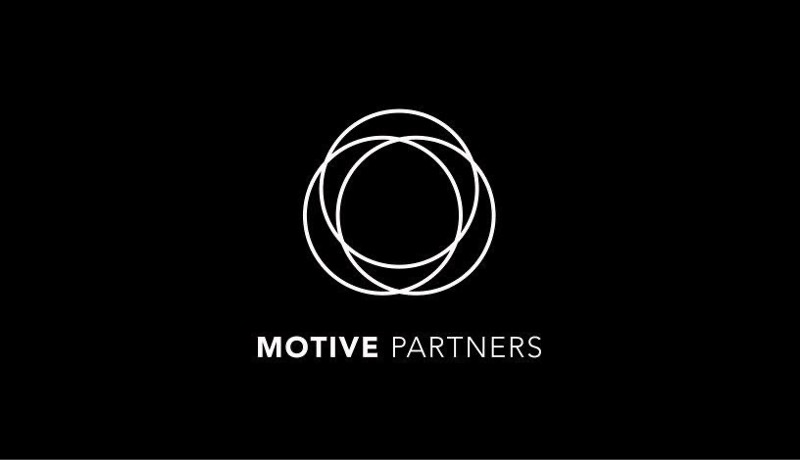Continuation funds have grown popular in private equity and venture capital as they allow GPs to maximize the value of a fund asset, offer the liquidity LPs demand, and perform well over time. A continuation fund allows LPs to reinvest in a new fund or cash out. It also allows new investors to get involved with a known asset rather than invest in an entirely new fund.
Raising a continuation vehicle, however, comes with unique challenges requiring the use of industry-specific legal tech solutions to inform decision-making, streamline processes, and align GP and LP interests.
What is a continuation fund?
A continuation fund is a solution to a traditional private equity fund’s finite duration. In a typical private equity limited partnership, the fund agreement between the GP and LPs imposes a set termination date, usually after 10–12 years. By then, GPs must liquidate all remaining assets and return capital to their LPs.
The growing popularity of continuation vehicles
It’s become common for GPs to want more time for a fund (or a particular asset in the fund) to reach its full potential and deliver the expected return on investment. A continuation fund enables GPs to avoid forced liquidation by creating a new investment vehicle for some or all fund assets under a new agreement. A continuation fund lasting several more years provides GPs with the opportunity to deliver greater value to the LPs that join the new fund.
In research shared with Secondaries Investor, Morgan Stanley found continuation funds offer the potential of outsized returns compared to blind pool secondaries funds or buyout funds. In comparing 71 continuation funds between 2018 and 2023 against pools of returns data for secondaries and buyout vehicles, Morgan Stanley found continuation funds delivered a median of 1.4 times multiple-on-invested-capital (MOIC). These findings are similar to secondaries funds and higher than buyout funds’ median MOIC.
According to Preqin, the total number of continuation funds closed in 2024 reached 65, with an almost equal split between single- and multi-asset vehicles. The aggregate capital of $36bn raised in 2024 came close to the high of $38bn in 2021. Additionally, the number of GPs beginning to use continuation funds has increased. In 2024, the number of managers that closed their first continuation fund increased to 34 in North America and 20 in Europe.
Key considerations for continuation funds
Align with LP interests
Alignment between GP and LP interests increases the likelihood of navigating the challenges related to continuation funds and achieving mutually beneficial outcomes. Alignment typically involves engaging with cornerstone investors to gain insights into their unique perspectives, risk tolerance, and long-term objectives before offering structured options for continuation. GPs may draft agreements to mitigate conflicts of interest by positioning LPs to realize outsized benefits from extended arrangements.
Demonstrate a clear strategy
GPs demonstrate a clear strategy and well-defined investment thesis for the continuation fund. LPs expect the GP to demonstrate foresight and a deliberate approach to optimize returns. Plans may outline how the continuation fund intends to address challenges, capitalize on opportunities, extract longer-term value, and align with the overall goals of the GP and investors.
Don't miss Ontra's expert insights
Join our newsletter to stay up to date on features and releases
By subscribing you agree to our Privacy Policy
Thanks!
Leverage an AI-powered technology platform
Ontra’s private markets technology platform currently comprises Contract Automation, Accord, Insight, and Atlas, covering the full spectrum of legal and compliance workflows required for raising and operating a continuation fund.
Here’s how AI can help:
🔷 Accelerate contract negotiation
Contract Automation and Accord are contract negotiation solutions that streamline repetitive legal agreements, including NDAs for new LPs joining a continuation fund. GPs can efficiently manage negotiations while improving the quality and consistency of their agreements and reducing costs. With Contract Automation, GPs can rely on Ontra’s global Legal Network to negotiate their agreements. For GPs that prefer to keep negotiations in-house, Ontra offers our AI-powered contract negotiation software through Accord.
🔷 Simplify compliance
Insight is an AI-powered solution that modernizes fundraising and compliance. By digitizing side letters and other fund documents, GPs can transition to a centralized and searchable digital compendium. In Insight, GPs can review existing obligations to determine the necessary requirements to launch a continuation vehicle, including any required consents. Additionally, GPs and their outside counsel can use Insight to streamline the negotiation of new side letters, run digital MFN elections, if necessary, and manage ongoing compliance for the fund.
🔷 Centralize entity management
Atlas is a modern entity management solution that consolidates entity information and creates a single source of truth to support diligence and provide information to prospective buyers. Atlas is a valuable tool for creating entity charts and updating director & officer (D&O) slates. By relying on Atlas’s automatically generated structure charts, GPs can visually reflect the new ownership of the underlying assets and monitor capitalization. Additionally, Atlas can help streamline diligence- and KYC-related tasks by providing swift access to an asset’s articles of incorporation, D&O slates, structure charts, and more.
Pros and cons of a continuation fund
Continuation funds have the potential to create unintended consequences or misaligned incentives. According to international law firm Skadden, asset valuation is a significant point of conflict. The purchase price may arise through an auction process managed by a financial advisor to ensure it’s fair. Existing investors often receive a fairness opinion or third-party valuation from an independent financial advisor. However, mismatched expectations regarding purchase price can cause a continuation fund to fail.
Accepting capital from new LPs to the continuation fund could dilute early investors’ ownership stakes, decreasing their ownership percentage and potentially the financial benefits of having invested early. As a GP draws up a new LPA and side letters, conflicts can arise regarding whether it’s treating new and returning LPs fairly.
There are also benefits to continuation funds, which make them attractive to GPs and LPs. The primary appeal of a continuation fund is its potential to achieve greater value creation and higher returns. With extra time to manage portfolio assets, private fund managers can nurture better exit outcomes or execute operational overhauls to turn around challenged companies.
Get ready for your next fund with Ontra
If you’re interested in implementing AI-powered legal tech to support your next continuation fund, schedule an Ontra demo today.
The organizations referenced in this article have no affiliation with Ontra, and neither Ontra nor such organizations promote or endorse the other’s products or services.





